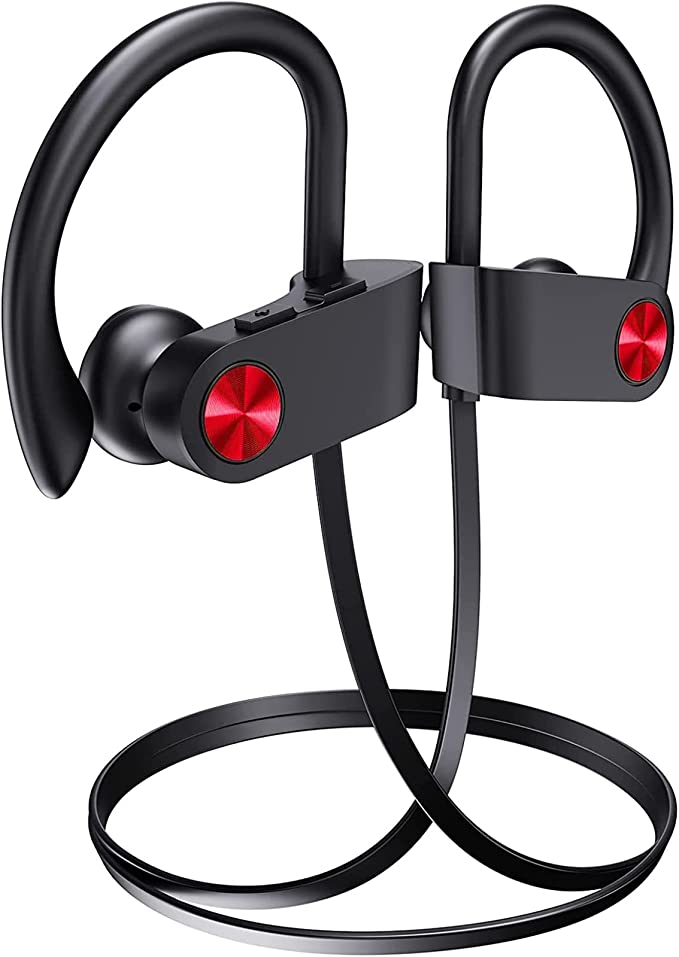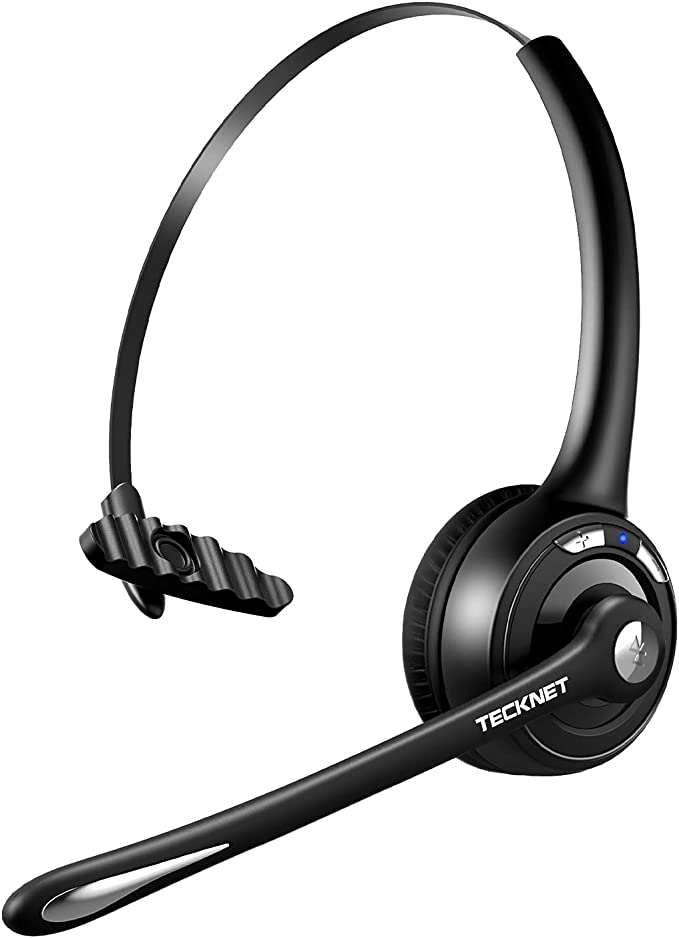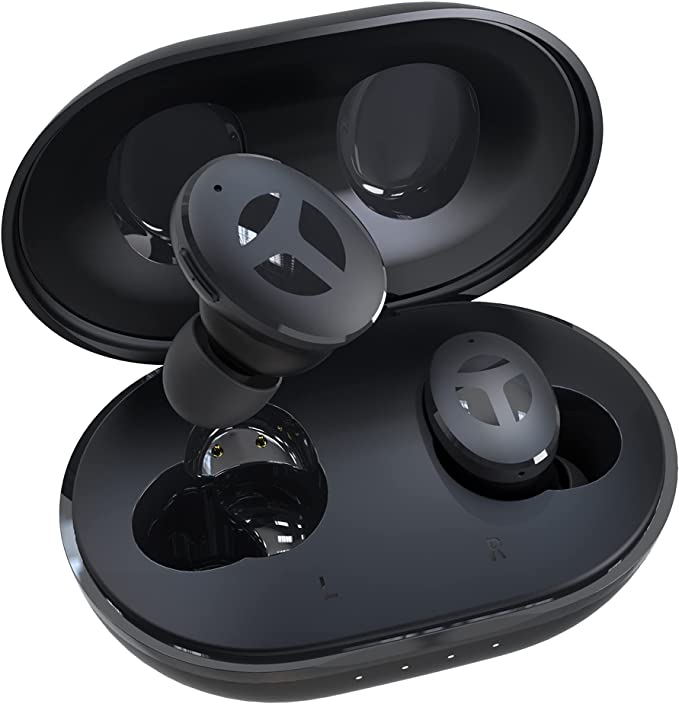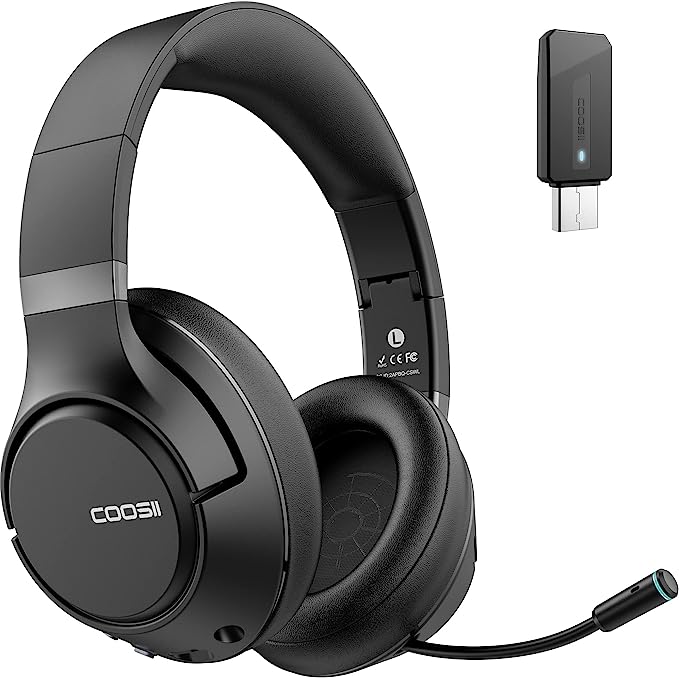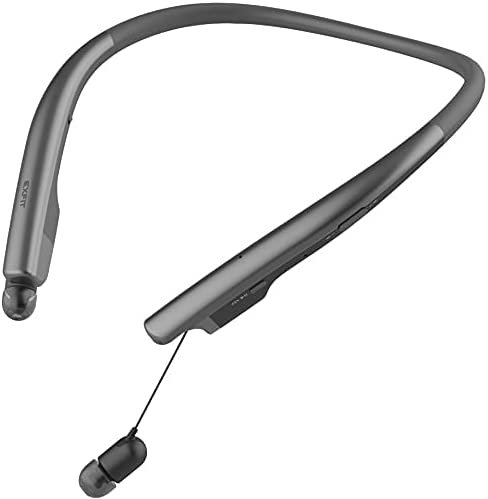Beyond the Robot: A Musician's Guide to Pitch Correction (Natural vs. HardTune)
Update on Oct. 30, 2025, 7:36 a.m.
Let’s be honest: when you hear “pitch correction,” your mind probably jumps straight to T-Pain, Cher, or that distinct, robotic, synthesized vocal sound that defines modern pop. And for many musicians, that’s a problem.
You want to sound better, not different. You want to tighten up your vocals for a live show or smooth out a few shaky notes in a demo, but you’re terrified of sacrificing the human, natural character of your voice. You’re stuck wondering how to get “natural” correction without the “HardTune” effect.
Here’s the secret that most people miss: They aren’t two different things. They are two ends of the same spectrum.
Pitch correction isn’t an “on or off” switch. It’s a tool, just like reverb or compression. The “robot” sound isn’t a bug; it’s a feature. The “natural” sound isn’t a separate device; it’s just a different setting.
Welcome to your guide. We’re going to demystify this tool once and for all. And to make it simple, we’ll use one of the most straightforward and popular pedals on the market, the TC-Helicon VoiceTone C1, as our case study. Why? Because its simple controls are the perfect way to understand this “spectrum” in action.
Two Philosophies: The “Invisible Guide” vs. The “Stylistic Robot”
At its core, all pitch correction technology does the same thing: it detects the (fundamental) frequency of your voice and moves it to a “correct” target note.
The magic—and the entire “natural vs. robot” debate—comes down to one single factor: Speed. How fast does the processor force your note to the target?
Philosophy 1: The “Invisible Guide” (Natural Correction)
This is what most singer-songwriters want. The goal here is transparency; you want the listener to feel the music, not hear the technology.
- How it Works: You set the correction speed to be slow.
- What it Does: When you sing a note and slide slightly flat, a slow-setting processor acts like a gentle “guide.” It slowly pushes your pitch toward the center of the target note, but it’s slow enough to allow for natural human vibrato and the subtle, expressive slides (or “portamento”) between notes.
- The Result: The performance just sounds “tighter.” An average listener won’t detect it. They’ll just think, “Wow, what a great singer.” This is for polishing a performance without erasing the performer.
Philosophy 2: The “Stylistic Robot” (The HardTune Effect)
This is the sound you know and (perhaps) love. The goal here is the exact opposite of transparency: you want to hear the technology. It becomes part of the instrument.
- How it Works: You set the correction speed to be instantaneous.
- What it Does: With an “attack” time of zero, the processor gives your voice no leeway. The instant your pitch wavers, it is snapped rigidly to the center of the target note. When you sing a melody that moves between notes, you hear a “jump” or “stair-step” effect. This is what creates that iconic robotic, synthesized sound.
- The Result: A highly stylized, modern vocal effect. It’s not a “fix” for a bad performance; it’s an intentional artistic choice, just like using a fuzz pedal on a guitar.
A Case Study: How the VoiceTone C1 Controls the Spectrum
So, how do you control this on a real piece of hardware? Let’s look at the TC-Helicon VoiceTone C1. It’s a perfect example because it boils this entire concept down to one simple knob.

Look at the middle knob labeled “Correction”.
- If you turn this knob to the left (toward 9 o’clock), you’re choosing Philosophy 1. The pedal applies slower, more relaxed correction. It’s the “Invisible Guide.” This is your setting for subtle, natural-sounding live vocal support.
- If you crank this knob to the right (toward 3 o’clock), you’re choosing Philosophy 2. The pedal applies faster, more aggressive correction. This is your “Stylistic Robot.” This is how you get that “HardTune” effect.
That’s it. One knob controls the entire spectrum from natural to robot. This is why fearing “pitch correction” is like fearing a guitar amplifier because it can be used for heavy metal. It’s all about how you dial it in.
But… Which Notes Is It “Correcting” To?
This is the next crucial piece of the puzzle. The C1 needs to know which notes are “correct” for your song. You tell it this using the “Key” knob on the left.
- Manual Mode (If you know your key): You simply turn the knob to the key of your song (e.g., C, G, A#). The pedal will only correct your notes to the notes found in that major or minor scale. This is the most accurate method.
- Chromatic Mode (If you don’t know your key): You can set the C1 to “Chromatic.” This means it will correct your voice to the nearest note on the piano (any black or white key). This is great for flexibility, but be careful: if you’re in the key of C and you sing a note that’s just a little flat of D, it might “correct” you down to C#—which is not in the key and will sound wrong!
- The Guitarist’s Secret Weapon (The “Smart” Mode): This is, by far, the most powerful feature for singer-songwriters.
The Secret Weapon: Guitar-Controlled Correction
Let’s be real. Most of us don’t know the key of every song, and keys can change in the middle of a song (a bridge, a new section, etc.). How do you keep up?
You don’t. You let your guitar do it.

The VoiceTone C1 has an “INST IN” jack. You plug your guitar (or keyboard, or any chord-playing instrument) into the pedal, and then use the “INST THRU” to send your guitar signal to your amp as usual.
Now, the pedal is listening to the chords you are playing in real-time. When you play a G chord, it knows the “correct” notes are G, B, and D. When you switch to a C chord, it instantly knows the “correct” notes are C, E, and G.
It does the music theory for you. This is a game-changer for live performers, as it automatically sets the “correct” notes for your vocals based on your accompaniment. It’s the ultimate safety net.
Beyond Pitch: What Does the “Gender” Knob Do?
Finally, you have that third knob: “Gender”. This is a creative tool, but it’s important to know what it doesn’t do.
It does not change your pitch.
Instead, it changes your formants. Formants are the frequencies in your voice that give it its unique character or timbre. It’s why an “ee” sound and an “oh” sound are different, even when sung at the same pitch. It’s also a key component of what makes our voices sound deep (“masculine”) or bright (“feminine”).
- Turning it Down (Deep): Shifts the formants lower, giving your voice a deeper, “chesty” character.
- Turning it Up (Bright): Shifts the formants higher, giving you a brighter, thinner, “Mickey Mouse” character.
A Mentor’s Tip: Forget the “Gender” label. Think of this as a “Texturizer.” It’s rarely used on a main vocal, but it can be fantastic for adding texture to backing vocals, making them sound different from your lead vocal so they sit better in the mix.

A Mentor’s “Gotchas”: What to Know Before You Buy
As a mentor, I wouldn’t be doing my job if I didn’t give you the honest “watch-outs.” The C1 is a fantastic tool, but it has two quirks you must know about.
- The Phantom Power Puzzle: The C1 is designed for the road. Most live mics are Dynamic (like a Shure SM58), which don’t need power. But many studio Condenser mics (like a RØDE NT1-A) need “+48V Phantom Power” to work. The C1 only provides +24V of power. While some condenser mics can run on 24V, many cannot. You must check your microphone’s manual. If it says “P48” or “Requires 48V Phantom Power,” it may not work properly (or at all) when plugged directly into the C1.
- It’s a Corrector, Not a Harmonizer: This is the most common confusion. The C1 fixes your one voice. It does not create harmonies (like a “second” or “third” voice singing with you). That’s a different pedal, like the TC-Helicon VoiceTone H1 (Harmony).
- Garbage In, Garbage Out: This tool is a polish, not a miracle. It can nudge a note that’s 10-20 cents flat. It cannot take someone who is singing a completely wrong melody and make it right. It’s a tool to make good singers sound great, not to make non-singers sound good.
Your Final Takeaway
Stop worrying about “selling out” or “sounding fake.” Pitch correction is a fundamental tool in the modern musician’s toolbox, just like EQ. The “secret” is simply knowing that you are in control.
You can choose to be the Invisible Guide, subtly polishing your natural voice. Or you can choose to be the Stylistic Robot, using the effect as a bold, creative instrument.
A simple pedal like the VoiceTone C1 puts that entire spectrum at your feet, all controlled by a single knob. Now that you understand the philosophy, you have the power. Go make music.






